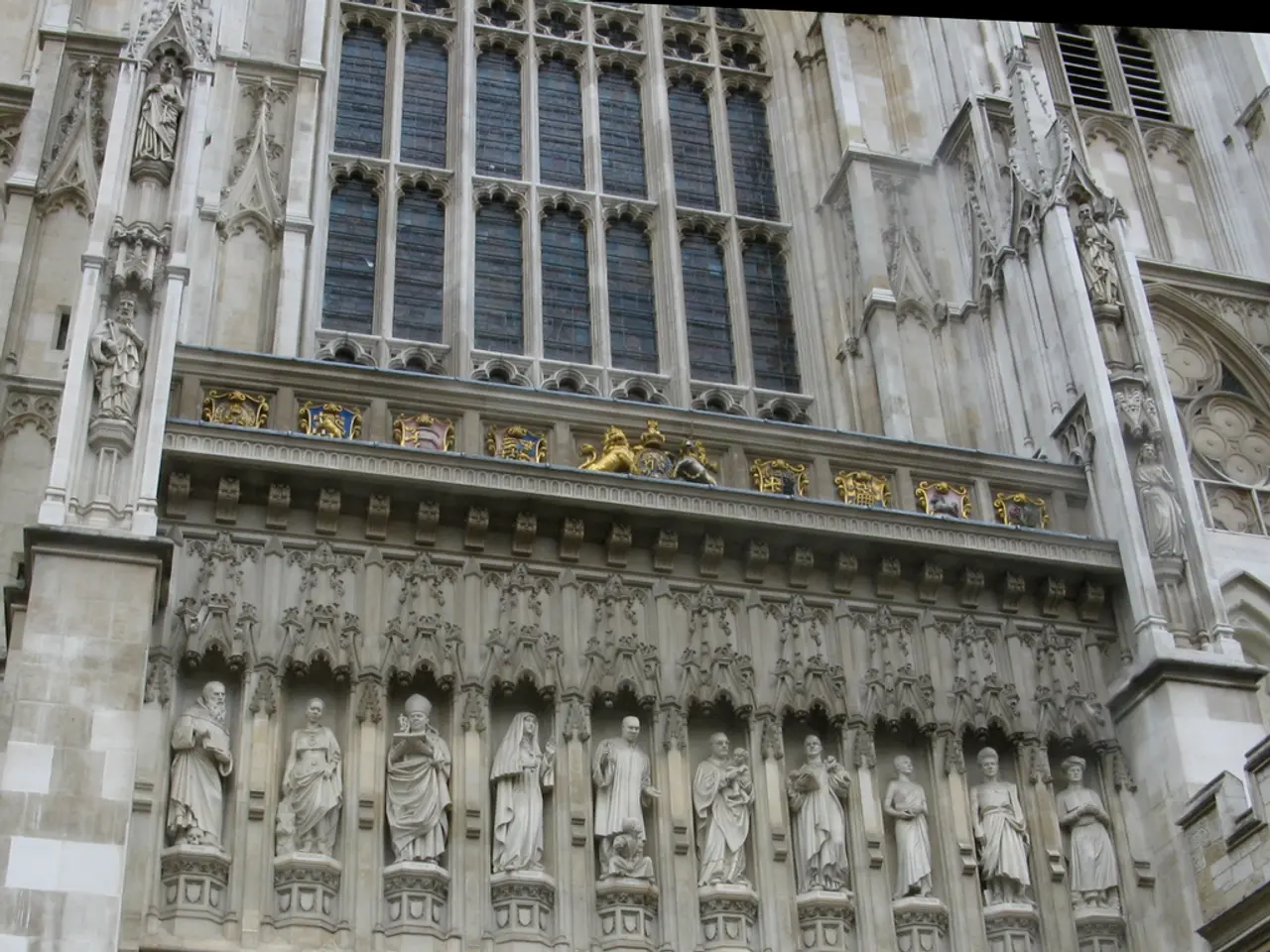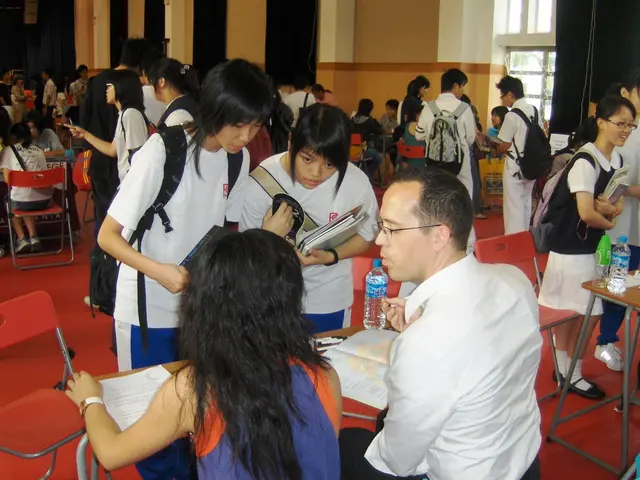Event led by Aishwarya Tipnis on Preservation and Repurposing Strategies
In an enlightening interactive session, Level 4 Interior Architecture and Design students were given the opportunity to learn from Aishwarya Tipnis, a highly accomplished architect with a Masters Degree in European Urban Conservation from the University of Dundee, Scotland.
Tipnis, who has extended her services as a consultant with renowned international organizations like UNESCO, Asian Development Bank, World Monuments Fund New York, Vieilles Maison Française, Paris, and others, shared her wealth of knowledge and experience with the students.
The session's theme was conservation and adaptive reuse, with the aim of helping students understand the fundamentals of adaptive reuse. The first half of the session focused on the basics, while the second half delved into adaptive reuse within the context of the temporality of space and material.
Tipnis emphasized the importance of effectively communicating design ideas to clients, a skill she honed during her career. She also highlighted the need for students to develop an awareness of using resources and space effectively, a principle that underpins conservation efforts.
One of Tipnis's most notable case studies was 'The Haveli Project', a project that involved the adaptive reuse of a derelict haveli in Kashmere Gate, New Delhi. She also spoke about her last project as an architect before joining the UNESCO expert team, the conservation and adaptive reuse of the 17th-century Jahangirabad Fort in Uttar Pradesh, India.
Conservation, Tipnis explained, is a principle that needs to be infused into the value system and culture. She received the UNESCO Award for Heritage Conservation in the Asia-Pacific Region, a testament to her commitment to this cause.
Tipnis has represented India at the Global Cultural Leadership Programme as part of the European Union's Cultural Diplomacy Platform in 2016. She has also served as a visiting faculty at the Department of Urban Design at the School of Planning and Architecture, New Delhi.
At the moment, Tipnis is an integral member of the expert team at UNESCO, where she is working on the preparation of the CCMP for Darjeeling Himalayan Railway (a World Heritage Site). Her dedication to her field and her passion for conservation make her an inspiring figure for aspiring architects and designers.
In conclusion, the session provided valuable insights into the world of conservation and adaptive reuse, equipping students with the knowledge and inspiration they need to make a positive impact in their future careers.







